Betaworks’ Camp program has long been a quiet crucible for early-stage experimentation at the intersection of consumer product design and frontier technology. Since launching the 13-week residency in 2016, Camp has helped incubate names like Hugging Face and Graze Social by giving founders concentrated mentorship, resources, and momentum to ship prototypes and refine product-market fit. For the 13th cohort, Betaworks set a focused theme — Interfaces — signaling that this class is about remapping how people experience AI, from sensory augmentation to new attention architectures. Applications opened in June, the program ran through August into November, and Demo Day took place on November 4th. The ten companies in this cohort illuminate a broad spectrum of experiments in interface design, each testing different assumptions about how humans and machines should interact.
Nora is a deceptively simple entry point into a larger trend: surfacing behavioral data where users actually act. Founded by Sid Banothu, Nora is a browser extension that tracks shopping habits. At surface level, Nora is about surfacing purchase patterns and preferences; beneath that, it’s about feeding models with contextualized consumer signals that can improve recommendation systems, loyalty mechanics, or even personal finance tools. The product’s potential hinges on privacy design and user trust: extensions that collect commerce data succeed only when users understand the value exchange and feel protected.
Primitive, from Kasey Klines, addresses a common productivity gap: capturing transient ideas. The web app lets users speak ideas aloud and transforms those snippets into structured tasks and to-dos, integrating with existing productivity ecosystems like Notion and calendars. Primitive rides two converging waves — voice-first capture and AI-driven task parsing. Its challenge will be reducing friction in adoption for users who already have established workflows while proving that voice-captured items are accurate, context-aware, and actionable.
Patina is striking both for its ambition and novelty. Founded by Sean Raspet and Laura Sisson, Patina is developing olfactory technology that aims to create “scent photographs” by combining protein folding, engineered scent receptors, and graph neural networks. If successful, Patina could open a new modality for digital content: smell as a shareable, reproducible data type. The technical hurdles are enormous — accurately encoding scents, reliably reproducing them on hardware, and doing so at consumer-friendly cost and safety standards. Yet the payoff could be enormous for industries from entertainment and gaming to retail and advertising, offering a multi-sensory layer to digital experiences.
My Place, by Orange, founded by Helen Huang, is building realistic simulations of everyday human life as playable experiences. The concept taps into increasing interest in micro-simulations and social-first environments where mundane actions become the game. These realistic simulations can act as both entertainment and training grounds for social AI, user behavior research, or even empathetic design experiments. Success here will depend on fidelity, the richness of emergent interactions, and a sustainable content model.
Putty remains in stealth, but Betaworks’ description of founder Kevin Chang’s focus on memory systems, ambient interfaces, and technology tuned to the “sporadic rhythm of life” hints at an ambitious rethinking of background intelligence. Ambient interfaces aim to reduce cognitive load by delivering assistance when and where it matters without commandeering attention. If Putty can craft memory augmentation or persistent personal context in a privacy-preserving and unobtrusive manner, it could form a glue layer for many AI-first products.
Telepath presents a provocative thought experiment: a computer built with AI and no apps. Founded by Stephen Hood, Josh Whiting, and Rupert Manfredi, Telepath imagines an interface where the operating model is conversational agent plus modular tasks rather than discrete downloadable applications. The concept challenges long-standing software metaphors and raises questions about ownership, extensibility, and control: who builds the “skills” or capabilities, how are they monetized, and what are the privacy implications of a single AI mediator for multiple workflows?
Feather, by ShaoBo Zhang and Marco Yu, is a digital assistant focused on creating automated workflows for tedious real-life tasks — apartment hunting being a canonical example. Feather sits in an increasingly crowded space of assistants, but its differentiation could come from deep vertical integrations and a focus on end-to-end task completion rather than merely surfacing information. The trick is achieving robust automation in domains that require negotiation, preferences, and legal nuance.
Nubrain, founded by Priyanka Jain and Ingo Marquardt, brings brain-computer interface ambitions to the Camp roster. By generating and interpreting EEG data to translate thoughts into speech, text, and imagery, Nubrain aims to compress a long arc of BCI research into consumer-friendly tooling. The scientific and regulatory hurdles are formidable: EEG signals are noisy, context-dependent, and highly individualized. But even incremental progress could produce assistive technologies for people with disabilities, new interaction paradigms for creative work, and novel data modalities for personalization.
Presq, by Adam Saleh, Steve Burstyn, and Mikey Robins, links creator economies to manufacturing by letting influencers upload data to create prompt-driven options for manufacturable footwear — with plans to expand into eyewear and home goods. This is a compelling play on creator leverage and on-demand manufacturing: influence becomes a design input, and rapid production turns social demand into a tangible good. The model depends on smooth tooling for non-designers to create manufacturable specifications and a logistics pipeline that can handle small-batch production profitably.
Intension, from Conor Sanchez—O’Shea and Gabriel Duemichen, targets the productivity problem from a different angle: by removing distractions. Intension tracks attention on desktop and hides anything that operates as a distraction, mapping out workflow habits. It’s an attention hygiene product aimed at knowledge workers who struggle with context switching. The product will need to be intelligent enough to distinguish benign interruptions (calendar alerts, urgent emails) from distracting noise, and to do so with transparent controls and privacy safeguards.
Taken together, this cohort emphasizes two tendencies: first, the migration from app-centric models to modal and ambient interfaces, where intelligence mediates tasks across contexts; second, the expansion of sensory and neuro interfaces that broaden the input-output palette beyond keyboard, mouse, and touch. Betaworks’ selection reflects an appetite for high-variance bets — some entries (like Primitive or Feather) are incremental but broadly applicable, while others (Patina, Nubrain) pursue moonshot modalities that could redefine categories.
Challenges are plentiful. Technical feasibility varies widely across companies, and several face steep regulatory or safety landscapes — particularly those dealing with neural data, olfaction chemistry, or pervasive attention-tracking. Monetization routes are uneven: some models are direct-to-consumer, others rely on B2B integrations or creator-driven commerce. Above all, user trust will be a recurring requirement. Interfaces that mediate human behavior must be transparent, controllable, and respectful of privacy if they hope to scale.
Betaworks Camp continues to play an outsized role in shaping early-stage product thinking about AI interfaces. This cohort showcases a mix of pragmatic tooling and aspirational research that, collectively, charts multiple possible futures for human-computer interaction. Whether any single company becomes the next household name, the program’s real value might be the cross-pollination of ideas: founders learning to ship, iterate, and wrestle with the hard questions of attention, embodiment, and agency in a world where AI increasingly shapes everyday experience.
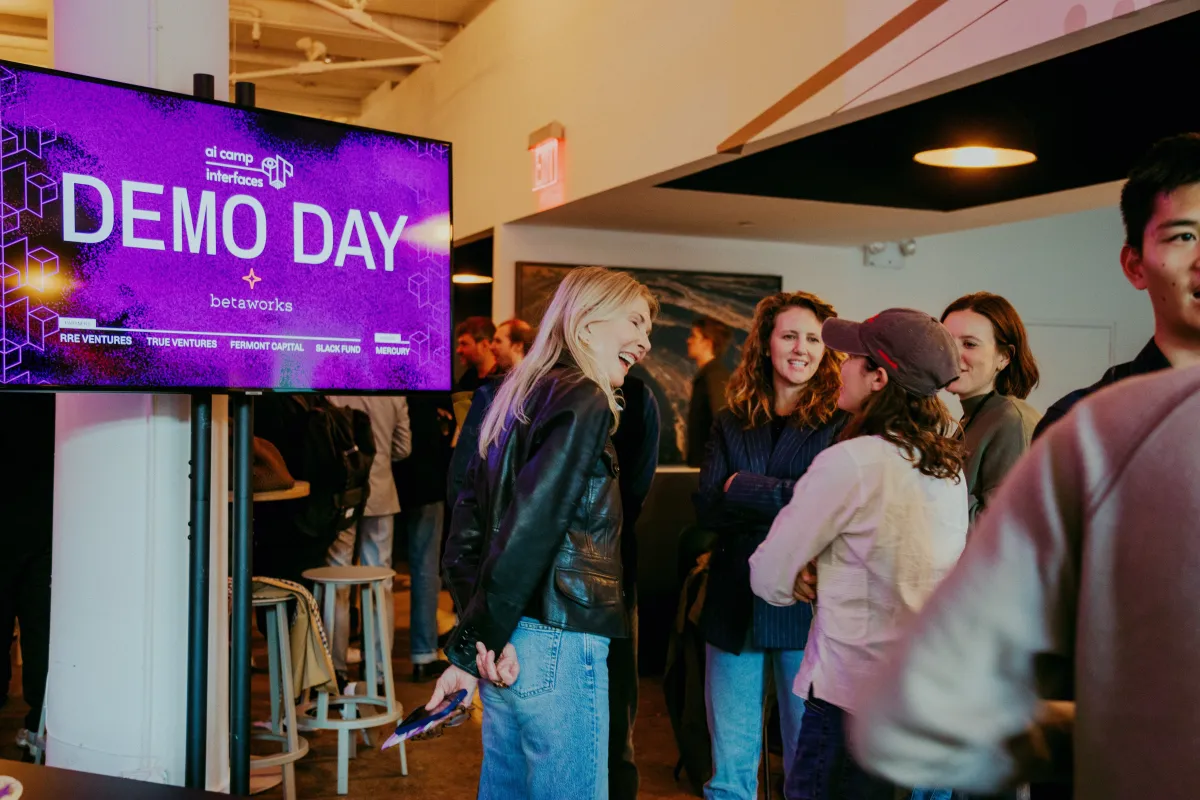







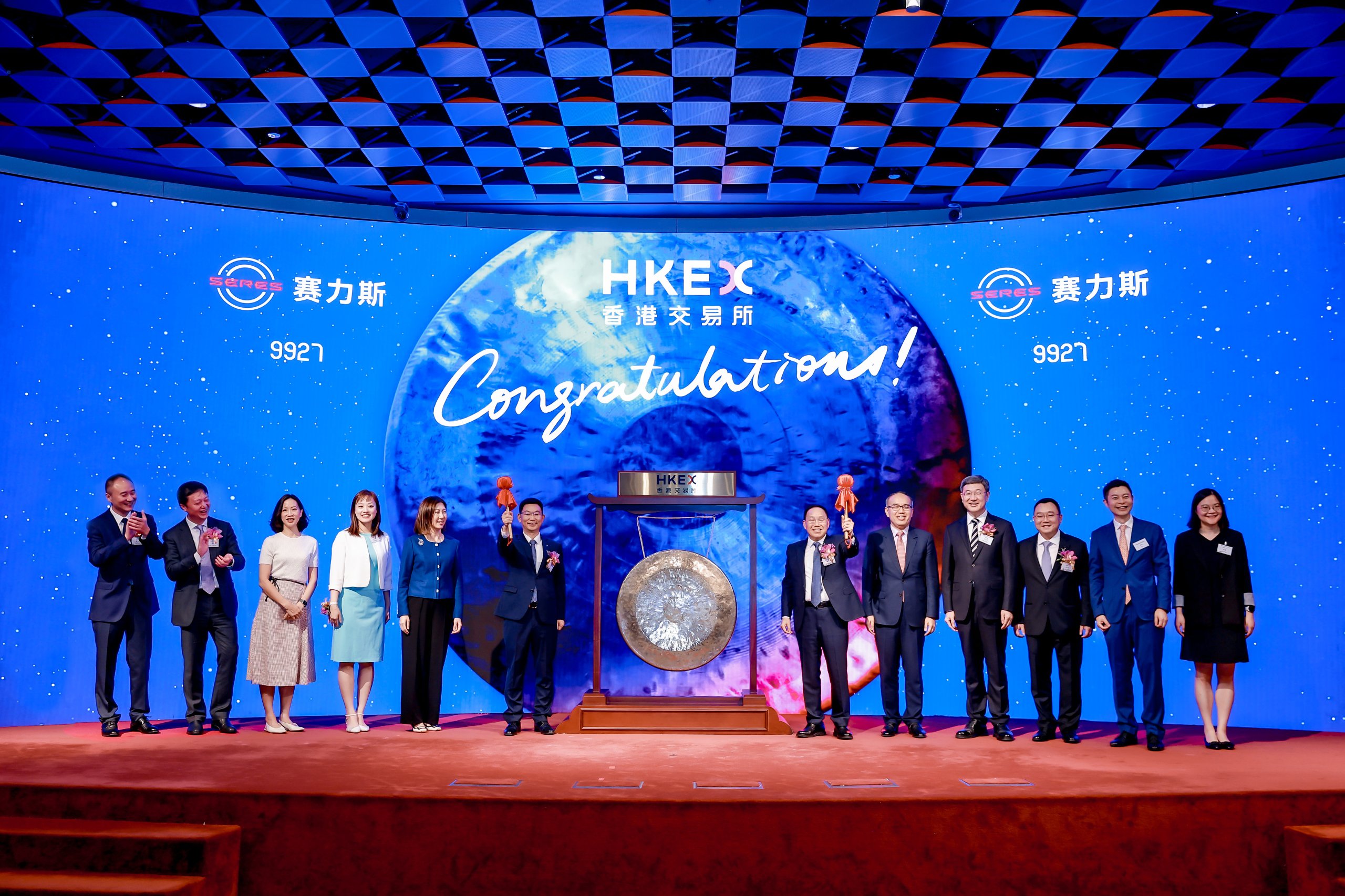


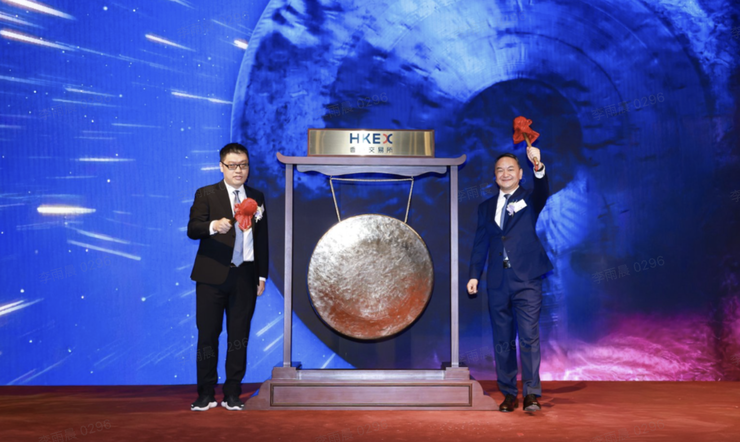
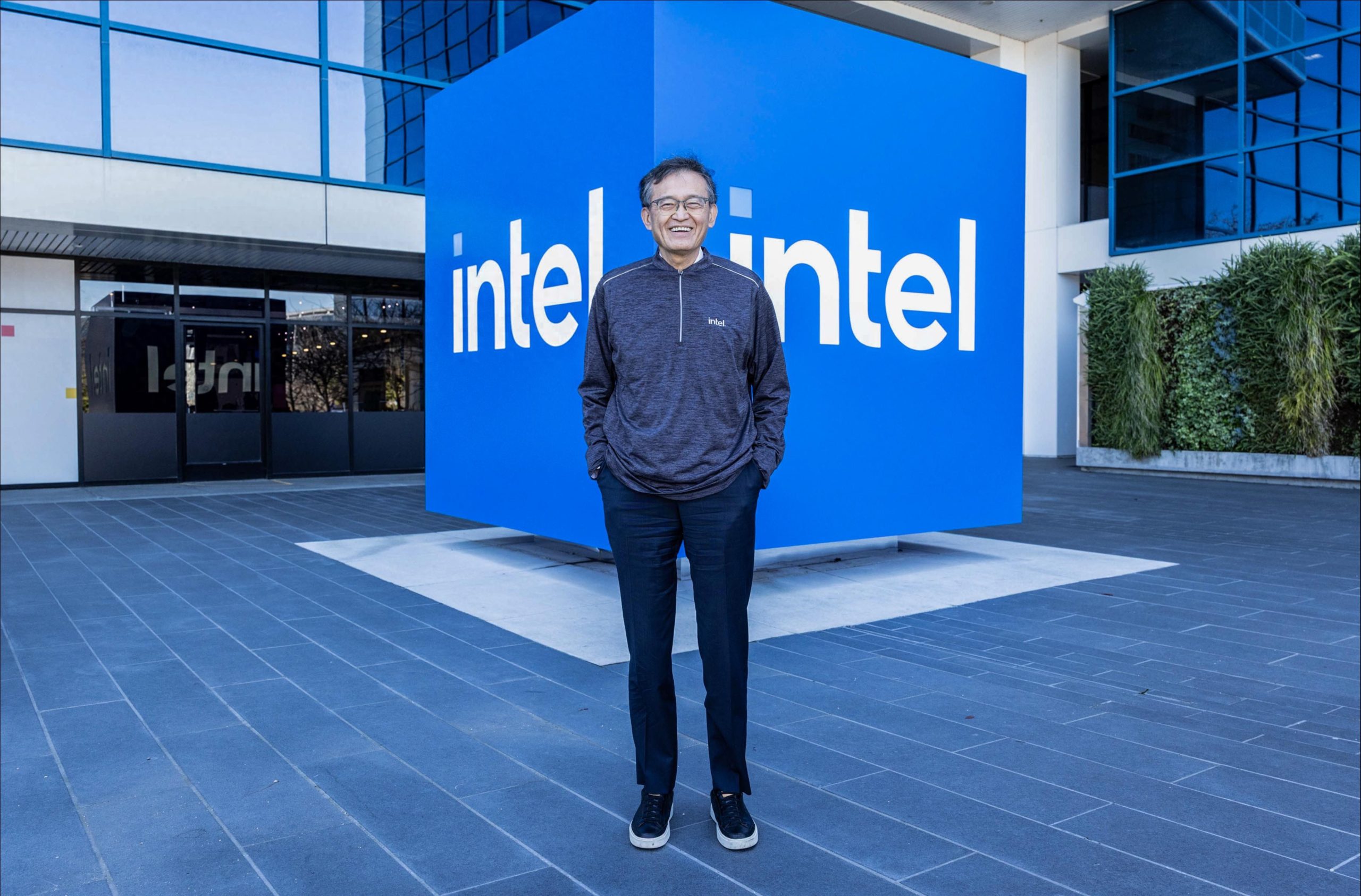




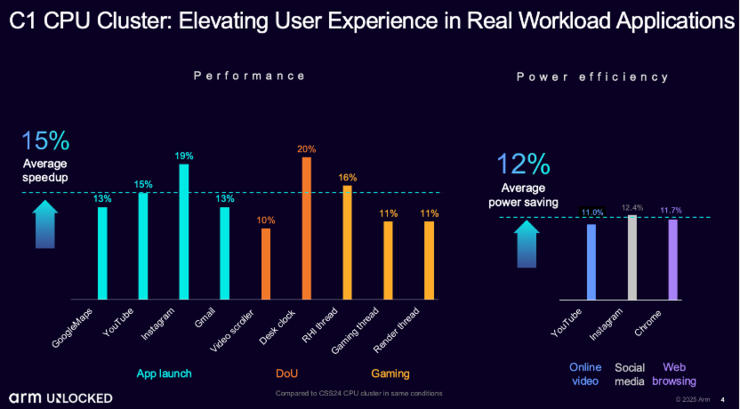

暂无评论内容